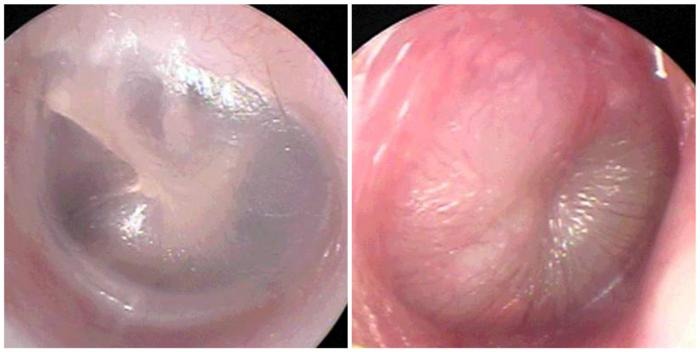Published on
Updated
Reading 2 min.
in collaboration with
Amine Harichane (Pediatric ENT and Head and Neck Surgeon)
A new mobile phone application developed by medical researchers and using AI would make it possible to accurately diagnose ear infections, or acute otitis media (AOM) in children. And thus reduce the use of antibiotics when it is not necessary.
Acute otitis media is a common infection that affects 70% of children before the age of one. Although it requires antibiotics to be treated, it is often confused with otitis media with effusion, a condition that does not generally involve bacteria and does not require antimicrobial treatment. But how can we avoid putting the child on antibiotics for nothing? A new video tool connected to a cell phone camera and using artificial intelligence today announces that it can make the distinction much more quickly than the professional eye.
More than 1,000 videos studied so that AI recognizes the type of ear infection
To develop a practical tool to improve the accuracy of AOM diagnosis, lead author Alejandro Hoberman and his team at the University of Pittsburgh began by creating and annotating a training library of 1,151 videos of the membrane eardrum of 635 children who visited the establishment’s outpatient pediatric practices between 2018 and 2023. Two trained experts then examined each video and made a diagnosis of AOM or not.

“The eardrum, or tympanic membrane, is a thin, flat piece of tissue that extends across the ear canal. In AOM, the eardrum bulges like a bagel, leaving a central area of depression that looks like a hole bagel. In contrast, in children with otitis media with effusion, no bulge of the tympanic membrane is present” Hoberman clarified.
The researchers used 921 videos from the training library to teach two different AI models to detect AOM. Then, they used the remaining 230 videos to test the models’ performance. Both models were very accurate, producing sensitivity and specificity values above 93%, meaning they had low false negative and false positive rates.
Does AI do better than the doctor?
According to the first author, previous studies among clinicians have reported diagnostic accuracy of AOM ranging from 30% to 84% among physicians. “These results suggest that our tool is more accurate than that of many clinicians,” he defends. His tool could therefore better treat children who pass under the camera. “Helping clinicians rigorously diagnose AOM and guide treatment decisions could be a game-changer in primary care settings. Another advantage of our tool is that the videos we capture can be stored in the medical filel of a patient and shared with other providers” did he declare.
But beyond the current enthusiasm for AI, is practice so necessary? For Dr Amine Harichane, pediatric ENT consulted by Doctissimo, we should not move too quickly.
“Several AI diagnostic tools are being developed but require excellent exposure of the eardrum and a patient who does not move (which is difficult in children under 2 years old), sometimes expensive equipment (otoscope connected to a smartphone ) and a reliable database (let’s not forget that the database is implemented here by humans who each time say whether the eardrum is normal or not normal). We must see it as an additional diagnostic tool but which cannot replace a global assessment of the patient.”
